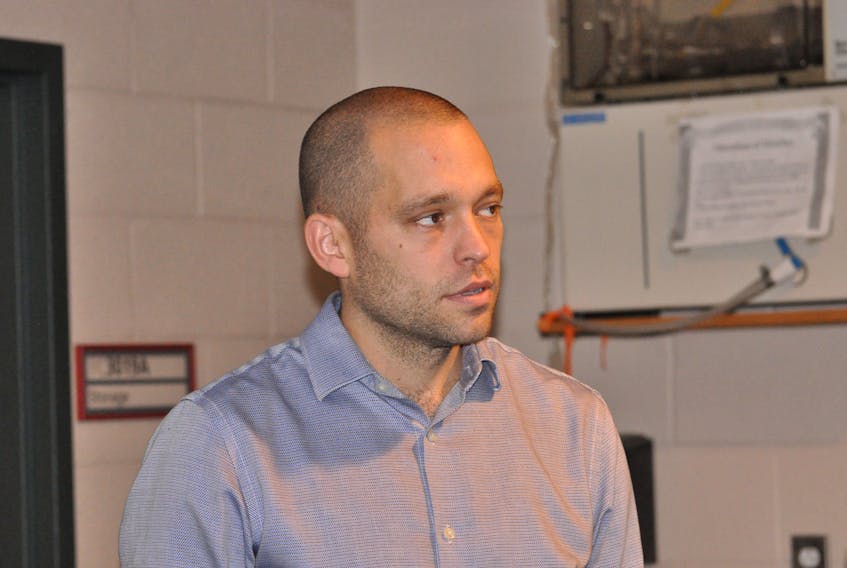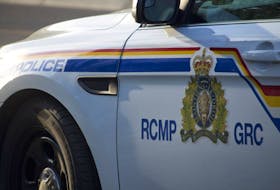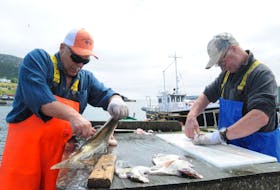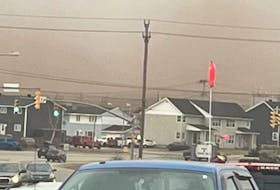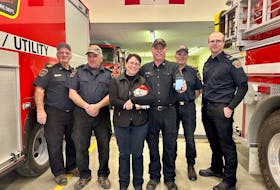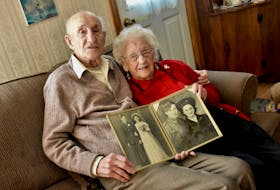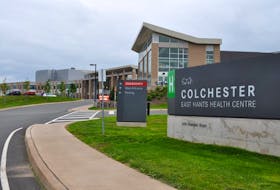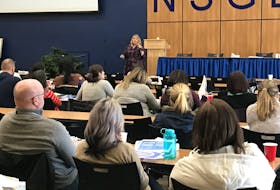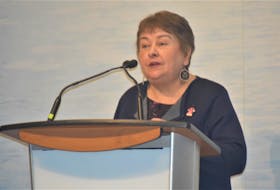CORNER BROOK, N.L. — Communities of all sizes face challenges.
But St. John’s city councillor Ian Froude has a few ideas to help mitigate the impact many of these challenges have on the environment.
Froude was in Corner Brook last week to speak at a session of ACAP-Humber Arm’s Coastal Matters speakers’ series at Grenfell Campus.
“These are environmental decisions, but they have greater positive impacts than the environmental aspect of them,” he said.
Here’s a bit of what he touched on in his presentation:
Waste
Froude stated 63 per cent of household food waste leaving a household is still able to be eaten.
Reducing wastage addresses multiple things. It reduces tipping fees if there is less garbage being put in landfills, and it creates less greenhouse gas emissions from food production.
A smaller amount of waste being picked up at the curb means less gas to fuel the trucks used in its pickup, which also cuts down on emissions.
Cutting down on household food waste creates small behavioral changes such as eating leftovers, only cooking required amounts, or eating potatoes with the skin.
Waste also occurs in the housing options people make.
Froude suggested building smaller homes. They use less materials to build, require less electricity to heat, and have less room for unnecessary items.
Recycling
The St. John’s blue bag recycling program has a 97 per cent rate of actual recycling, Froude noted.
That means only three per cent of material considered contaminated is rejected and sent to the landfill.
Some communities, he added, have contamination rates of 20 and 25 per cent.
Froude said the key is in the city’s use of a split-stream system, with containers going in one blue bag and fibres in another.
Transportation
Froude said even smaller cities can offer public transit as an on-demand service. This could be achieved through shared vehicles or point-to-point services where a driver picks up multiple passengers.
Transit options have to balance out convenience, cost and time in order to make them the better choice.
St. John’s has a community bus service that operates between seniors’ homes and local shopping centres. The service is affordable and reduces emissions by eliminating the need to use multiple vehicles.
Putting bike racks and benches in spaces makes them human-friendly, as Froude described, and encourages people to walk.
Habitats
“When thinking about a development, its location and what’s around it matters a lot,” said Froude.
St. John’s is dong a wetland study so it can best manage and protect wetlands while still developing around them.
He said growth has to happen in the most sustainable way possible.
Land use
Making good land-use decisions means people live in neighbourhoods where they can walk around.
They don’t need to get in a car to go to a convenience store, for example. This means less emissions from vehicles and less wear and tear on vehicles and roads.
[email protected]
Twitter: WS_DianeCrocker

